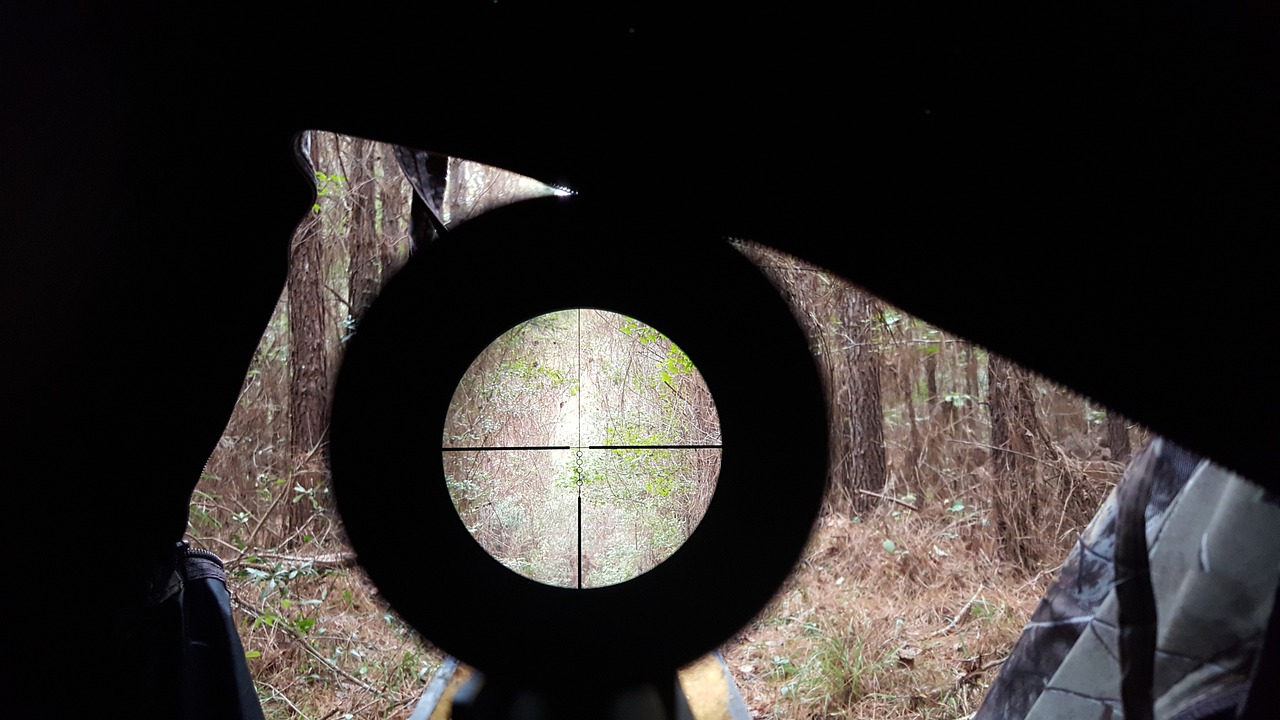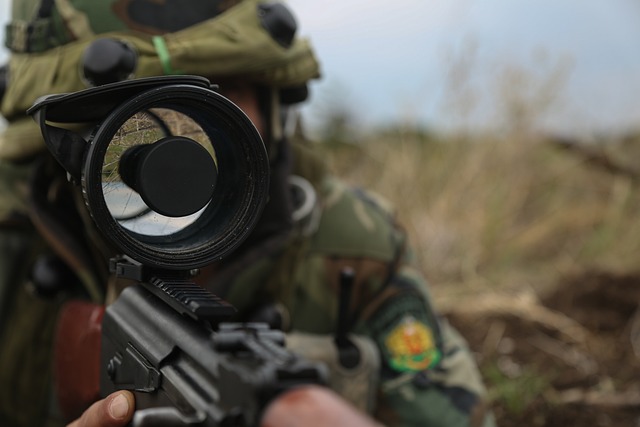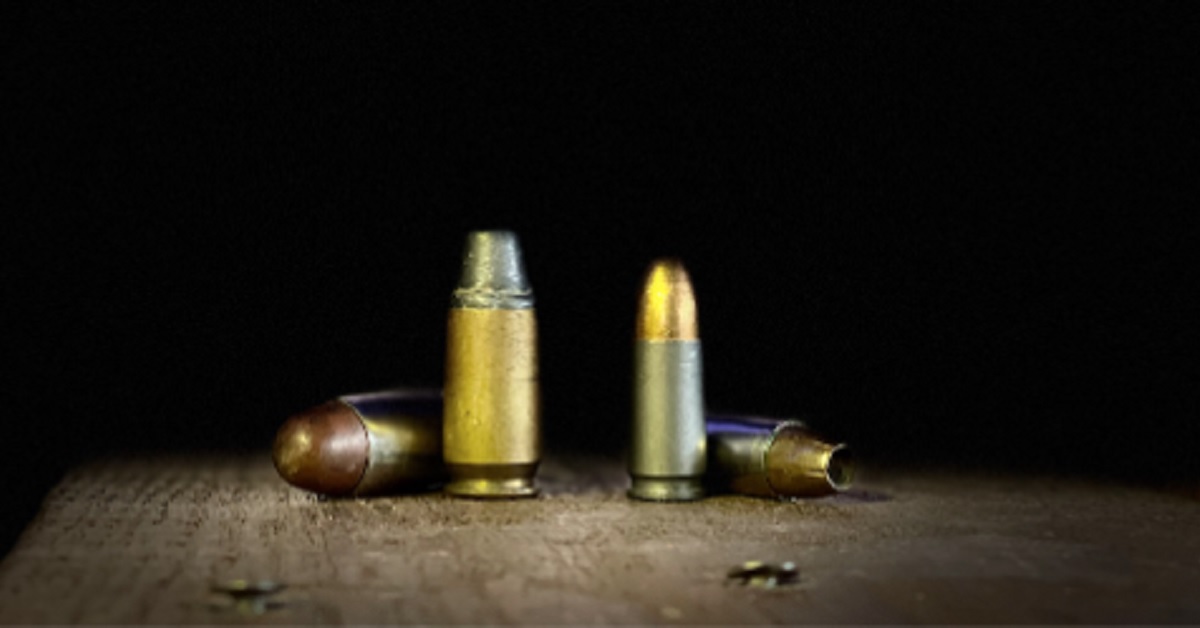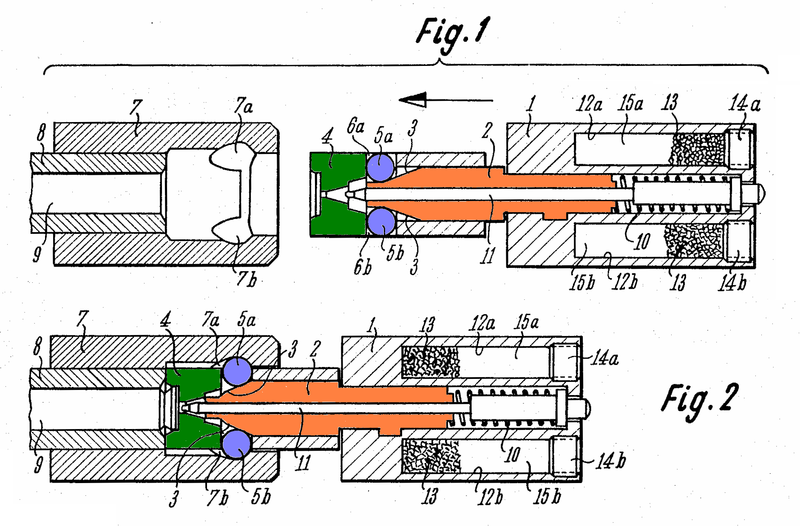
Have you just picked up a shiny new optic, attached it to your favorite firearm, and found yourself wondering why your aim is off? You still need to zero your optic! Fortunately, SDI’s Jarred McNeely is here to explain how to zero a scope in our recent video. We’ll break down his overview here.
How to Zero-In a Scope: Getting Started
Jarred begins the video by firing off three precise shots into his target. Generally, you’re going to want to sight-in your optic at 100 yards. By creating a grouping like this, it gives Jarred the data he needs to make specific changes to his optic and dial in his accuracy.
After heading out to check on his grouping, Jarred explains how to measure between his shots. While many people use a ruler or tape measure to get the most accurate measurements possible, Jarred offers an alternative. He mentions that the average distance from the tip of your pinky to your first knuckle is about an inch (in most humans). This way, you can still measure your grouping with just your hands.
Jarred measured about 7 in. high on elevation and 3 to the left for windage. This gives him the information he needs to adjust his optic.
How to Zero-In a Scope: Making Adjustments
After heading back to the bench to make adjustments on his optic, Jarred drops some more knowledge. Your specific optic will have its own increments of change depending on its manufacturer. For example, your scope may change ⅛ in. per click or ½ in. per click. Your optic’s manual can tell how much each click will adjust your sight picture. Regardless, make sure you’re changing your elevation and windage in the correct direction!
Rinse and Repeat

At this point, you’ve essentially learned how to zero-in a scope, and Jarred has his AR-15 slinging lead fairly close to where he wants it. But to get his optic really dialed in, he’ll need to sling another three-round group downrange and make some adjustments. At this point, if you’re zeroing-in your own optic, you’ll just need to repeat the process until you’re happy with your grouping. Jarred does mention one important fact at the end of the video. The more you shoot your gun, the more it heats up. That, in turn, can affect its accuracy. If you’ve fired a few groups in rapid succession, consider giving your gun a break to cool off.
Choose SDI to Grow Your Gun Knowledge
Do you love learning about how to operate and build firearms? At SDI, we can help you explore that passion. To learn more, check out SDI’s full list of available programs.


